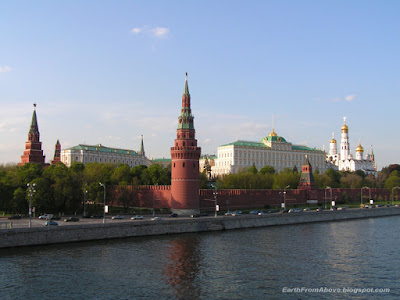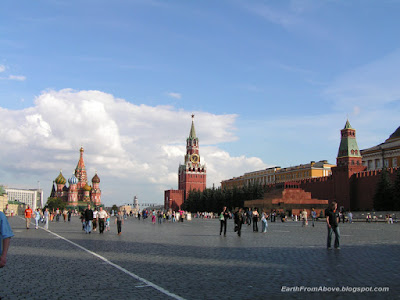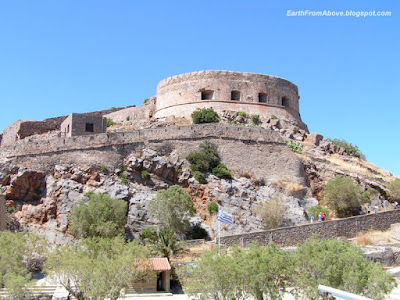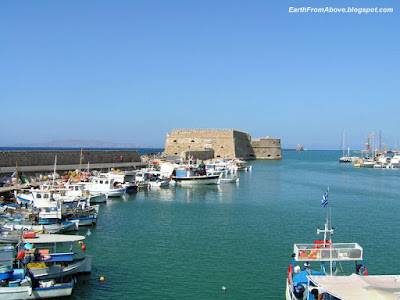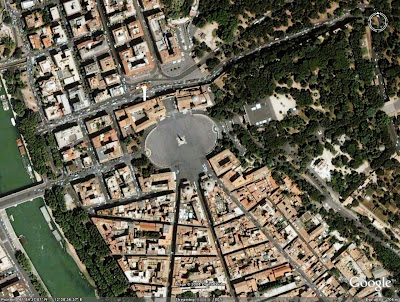Coordinates: 45° 26' 2.4" N, 12° 20' 16.8" E. Find With Google Earth.

Piazza San Marco, often known in English as St Mark's Square, is the principal square of Venice, Italy.
A remark often attributed to Napoleon (but perhaps more correctly to Alfred de Musset) calls the Piazza San Marco "The drawing room of europe". It is one of the few great urban spaces in a Europe where human voices prevail over the sounds of motorized traffic, which is confined to Venice's waterways. It is the only urban space called a piazza in Venice; the others, regardless of size, are called campi.
As the central landmark and gathering place for Venice, Piazza San Marco is extremely popular with tourists, photographers, and Venetian pigeons.
The Piazza originated in the 9th century as a small area in front of the original St Mark's Basilica. It was enlarged to its present size and shape in 1177, when the Rio Batario, which had bounded it to the west, and a dock, which had isolated the Doge's Palace from the square, were filled in. The rearrangement was for the meeting of Pope Alexander III and the Emperor Frederick Barbarossa.
The Piazza has always been seen as the centre of Venice. It was the location of all the important offices of the Venetian state, and has been the seat of the archbishopric since the 19th century. It was also the focus for many of Venice's festivals. It is a greatly popular place in Italy even today. Learn more...









